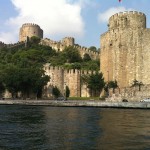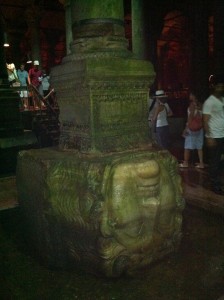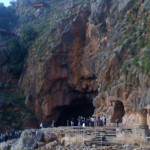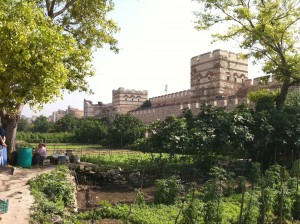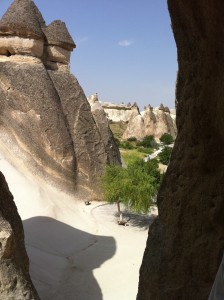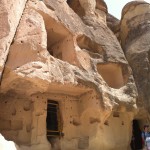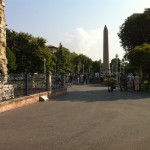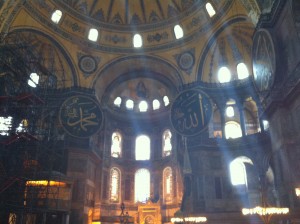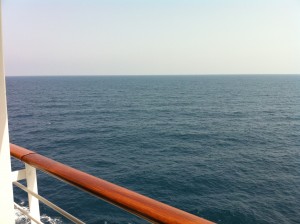
Today we were at sea all day. I always look forward to at sea days on a cruise because they are days when I don’t have to be anywhere or do anything, which is always part of a good vacation.
I was getting caught up on the news from the States today and saw the story regarding the controversial mosque near ground zero. A lot of people are thinking and debating about how this issue should be resolved.
For a citizen of the kingdom of God the issue is an important one because as the Kingdom expands more Christians will find themselves in authority and leadership positions in governments ruling nations where people practice false religions.
The Byzantines grappled with this same issue in the form of paganism. Constantine I (ruled 306 – 337 A.D.) and Theodosius I (ruled 379 – 395 A.D.), both Christians, instituted laws addressing the practice of false religion. These two men took two very different approaches to the issue.
Constantine, who became a Christian in 312 A.D., instituted the Edict of Milan in 313 A.D., guaranteeing to Christians and others “the right of open and free observance of their worship.” It is one of the most progressive and important documents in history. Temples remained open and people continued their pagan practices, unless, of course, they became Christians. Constantine’s maxim was that Christians should persuade pagans to Christianity but if persuasion fails, compulsion should not be attempted. Constantine took steps to promote and support the church, but he didn’t ban paganism.
Theodosius took a different approach. In the early part of his reign, he banned public pagan worship and sacrifice, effectively closing the pagan temples. As a result, private homes became the primary place of pagan worship. Interestingly, Theodosius did not ban Judaism or close synagogues. Later in his reign, Theodosius took a much harder line, prohibiting pagan worship and sacrifice both publicly and privately, and imposing harsh penalties on those who violated the law. Theodosius’s reign and his laws effectively put an end to paganism in the Roman Empire.
It’s important to note that neither Constantine nor Theodosius compelled people by force of law to become Christians or attend church. Both recognized that citizenship in the kingdom of God is voluntary if it is anything. So, who was right?
What do you think and why? GS

